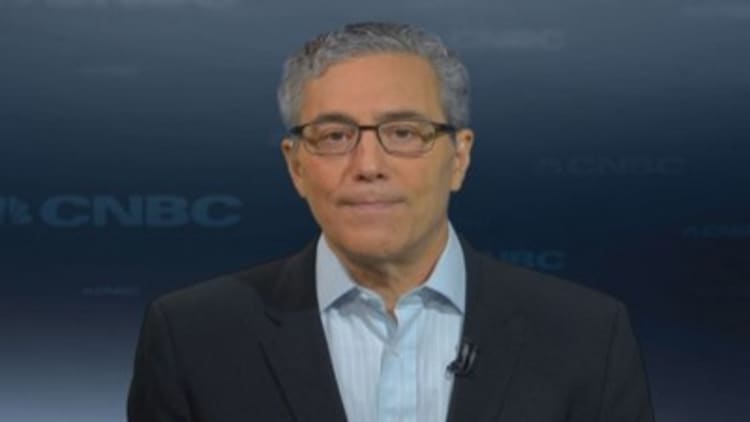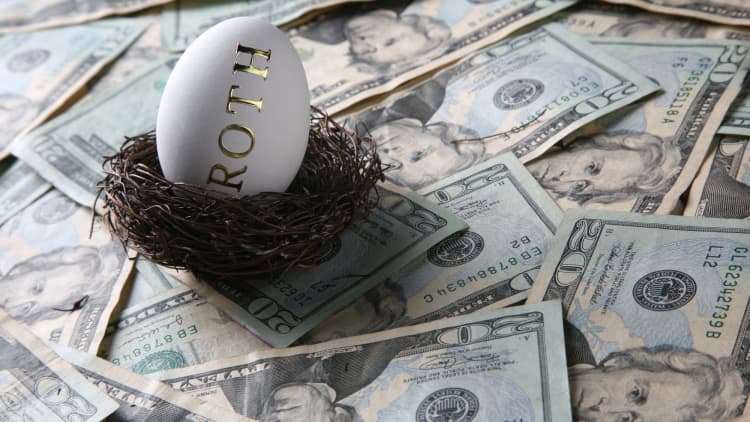











U.S. companies are expected to spend $465 billion on research & development this year. That's about 2.7 percent of U.S. GDP.
Firms invest in R&D because they want to grow by developing new products. It's hard for a company to remain competitive if it does not stay ahead of the technology curve. Imagine a world in which TVs look the same as they did in the 1940s. Over the years, manufacturers have researched, developed and brought to market new features for the TV, everything from—color and remote controls to high definition--to entice consumers to upgrade. R&D is also a major reason a flat screen HD TV today costs significantly less than it did a decade ago, as firms discover new materials and manufacturing techniques that bring down costs.
Short-term investors often view R&D expense as a drag on profits for many firms, in part because it is hard to measure the long-term impact of individual R&D investments. Anne Marie Knott, PhD., professor of strategy at the Olin School of Business at Washington University, developed the research quotient (RQ) to give firms a uniform metric for estimating return on R&D. The RQ can tell firms (and investors) the increase in revenue and market value they can expect from an increase in R&D spending.




